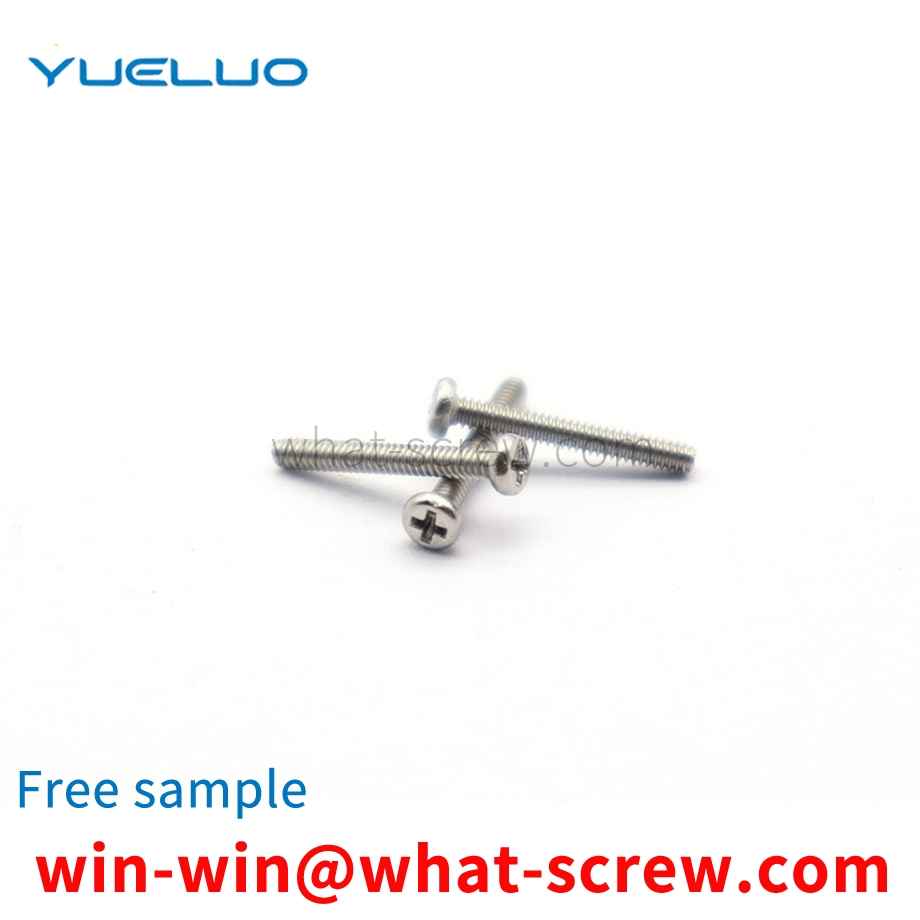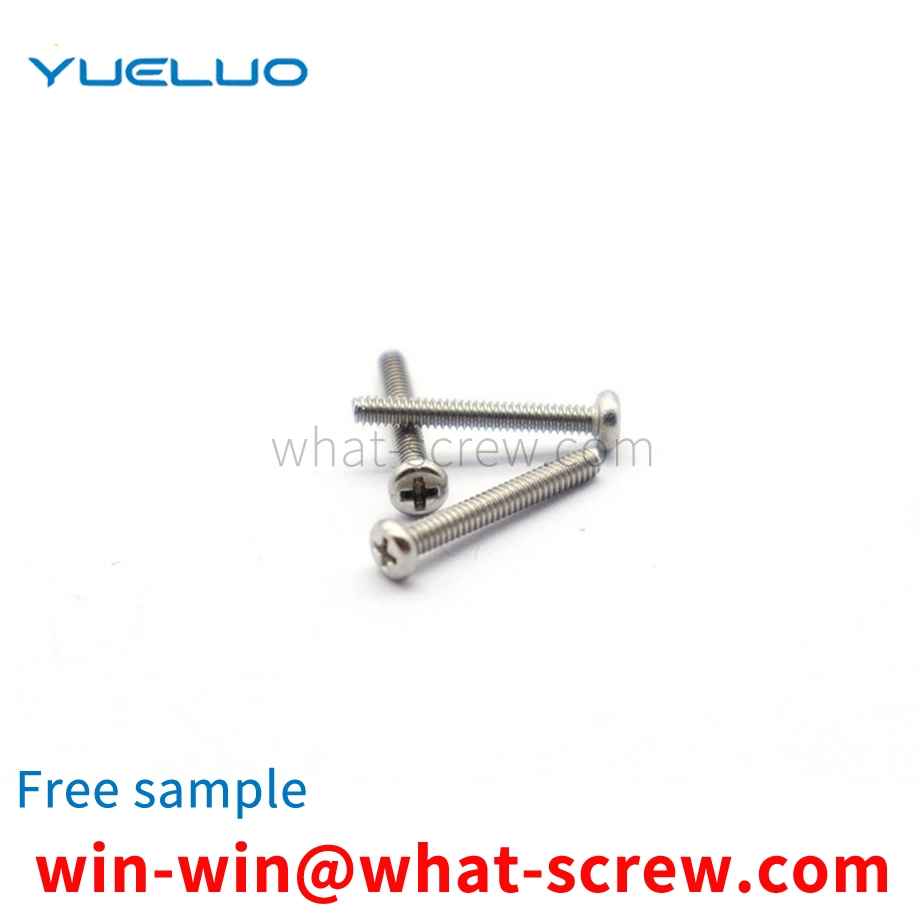At present, shaft retaining rings are mainly divided into three categories: elastic retaining rings for shafts, flattened wire retaining rings for shafts, and wire retaining rings for shafts. Among them, the spring retaining ring for the shaft is generally installed with circlip pliers, and the flattening wire retaining ring for the shaft and the wire retaining ring for the shaft are generally installed with a sharp screwdriver or needle-nose pliers. The defects and deficiencies of these two methods will be discussed in detail below: First, the above two installation methods require the operator to use a large force to open the retaining ring, which is more laborious; For the installation of the flattened steel wire retaining ring for the shaft and the steel wire retaining ring for the shaft, because the wire retaining ring has low elasticity and has no force point, it is very easy to cause the retaining ring to break or the installation tool to slip during the installation process. Higher skills and experience can be competent for the installation of wire retaining rings.
At present, there is an anti-theft T-bolt in the prior art, which is composed of a screw rod and a bolt head connected with the screw rod; the screw rod is composed of a polished rod and a threaded rod; a concave hole is provided at the bottom end of the screw rod; cylindrical, and the diameter of the cylindrical bolt head is larger than the diameter of the screw. When the above-mentioned anti-theft T-bolts are in use, the user usually hammers the concave hole at the bottom end of the screw with a hammer or other tool to deform it, destroy the thread structure on the screw, and fix the nut with a deformed object, so as to achieve anti-theft. Features
A low-carbon steel rivet nut fastener composed of a brim, a deformed skirt and a threaded wire hole is characterized in that there are fish teeth below the brim; the outer side of the lower end of the threaded wire hole has a chamfer; the inner wall of the threaded wire hole The cross section of the thread is an isosceles trapezoid, and the upper bottom of the trapezoid is a concave arc.
Hydraulic wrench or pulling method Use hydraulic torque wrench or puller to fasten large screws, which saves effort and has high precision. However, hydraulic tools are expensive, screws of different sizes need to be equipped with different wrenches, and now the hydraulic pullers in the world are generally only M160×6. If the screws are too large, special specifications or very few in number, it is extremely uneconomical to equip them with hydraulic tightening tools.
Self-tapping screw is a kind of threaded fastener that self-tapping and drilling the matching female thread in the pre-drilled hole of metal or non-metal material. When using self-tapping screw, a flat washer is often required to protect the fastening surface. Traditional When the self-tapping screw is used, the flat pad is easy to fall off, resulting in low work efficiency. In view of this, we propose a combined structure of the stuck self-tapping screw spring washer that prevents the flat pad from falling off.
We have many years of experience in the production and sales of screws, nuts, flat washers, etc. The main products are: DIN9021 gaskets, GB9458 hexagon slotted nuts, hexagon half-tooth full-tooth screws, copper hexagon bolts and other products, we can provide you with suitable products for you fastener solutions.



















 Service Hotline
Service Hotline




